Dear Stephen,
I am wondering if orange blossom water could be the next lyme treating herb? Every time I drank chamomile tea with orange blossom water (not neroli), I felt immediately calm…and also, wobbly on my feet/feeling like I could keel over. Bartonella herx? This passed, but later into my therapy as bartonella symptoms improved, my response to orange blossom water changed. I no longer got the wobbliness/dizziness, but instead, got numbness and tingling. Herx again? (I had not continued the orange blossom water steadily; was using it on occasion). Could orange blossom water inhibit the nervous system enough to bring out underlying symptoms? Or could this be a genuine herx? How does one know? I am not asking to be diagnosed, instead, I am asking just generically about orange blossom water. I know it is not theoretically so powerful an inhibitor as to go that far…yet here, my response. I do tend to be extra sensitive. Thanks! It’s so extra nice of you to give us all your free time here on this forum, how generous and kind, Stephen!
Stephen’s response:
Well, chamomile tea has historically been used as a calming agent, usually as a tea. So, no surprise there. Not sure on the other physiological responses. Orange blossom water is antibacterial to some extent and anti-inflammatory as well. The important thing is that it helped.
Stephen
-
Stephen Harrod Buhner was an Earth poet and an award-winning author of twenty-four books on nature, indigenous cultures, the environment, and herbal medicine including the acclaimed book Healing Lyme: Natural Healing & Prevention of Lyme Borreliosis & Its Co-infections.
Stephen came from a long line of healers including Leroy Burney, Surgeon General of the United States under Eisenhower and Kennedy, and Elizabeth Lusterheide, a midwife and herbalist who worked in rural Indiana in the early nineteenth century. The greatest influence on his work, however, was his great-grandfather C.G. Harrod who primarily used botanical medicines, also in rural Indiana, when he began his work as a physician in 1911.
Stephen’s work has appeared or been profiled in publications throughout North America and Europe including Common Boundary, Apotheosis, Shaman’s Drum, The New York Times, CNN, and Good Morning America. Stephen lectured yearly throughout the United States on herbal medicine, the sacredness of plants, the intelligence of Nature, and the states of mind necessary for successful habitation of Earth.
He was a tireless advocate for the reincorporation of the exploratory artist, independent scholar, amateur naturalist, and citizen scientist in American society – especially as a counterweight to the influence of corporate science and technology.
View all posts

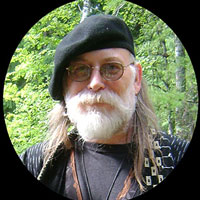



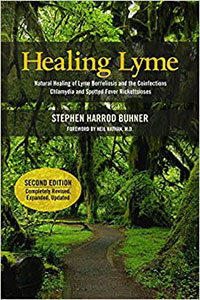
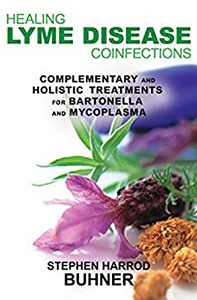
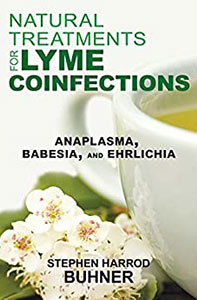
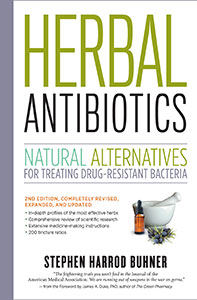
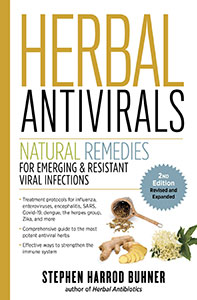



0 Comments